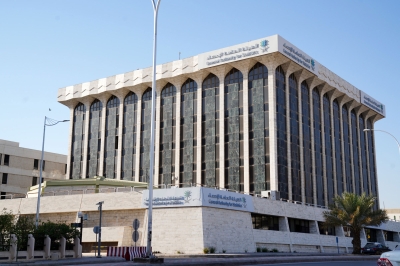
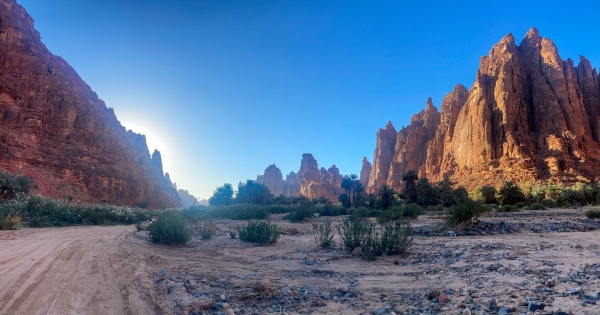
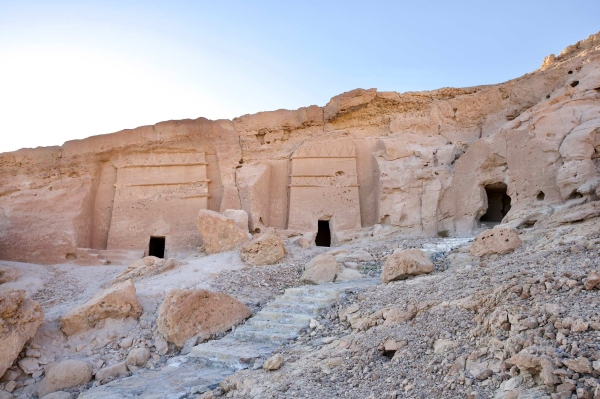
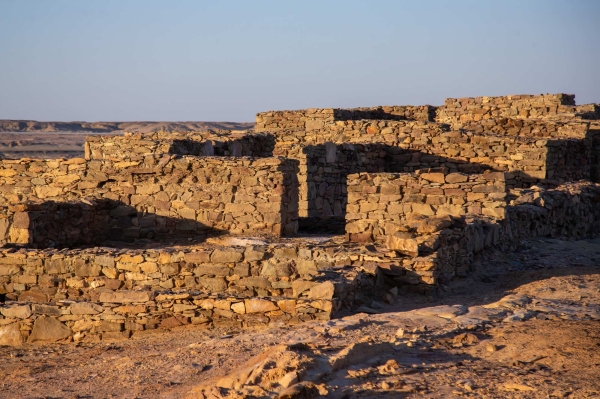
Tourism in Tabuk Province, located in the northwest of the Kingdom of Saudi Arabia, relies on heritage tourism and holds significant importance due to its historical significance and diverse tourist attractions. Tabuk Province also boasts diverse geographical features, including seas, plains, mountains, and historical sites, as well as moderate weather throughout the year.
Tabuk Province is bordered to the north by Jordan, to the east by al-Jawf and Hail, to the south by al-Madinah al-Munawwarah, and to the west by the Gulf of Aqaba and the Red Sea. Five of its governorates are located on the coast of the Red Sea: Haql, Duba, al-Wajh, Ummlujj, and al-Bad'. The dunes of an-Nufud characterize the distinctive nature of Tayma Governorate. Among the province's notable titles are 'Tabuk al-Ward' (Tabuk the Rose) and 'Gateway to the North.'
Tourist landmarks in Tabuk Province
Tabuk Province hosts many tourist and historical landmarks, including 'Ain al-Sukkar,' one of the oldest springs in the region, and Tabuk Heritage Castle, built during the Abbasid era. It served as one of the Hajj stations on the ancient road connecting the Levant with al-Madinah al-Munawwarah. The castle is located in the historical area, close to the Bedouin souks and the mills, making it an attractive area for tourists and heritage enthusiasts.
The castle, which has been converted into a museum, consists of two floors. The first floor includes an open courtyard, several rooms, a mosque, and a well. There are stairs leading to the second floor, which features an open-air mosque overlooking the lower mosque, as well as rooms and stairs leading to the towers used for guarding and monitoring. It also served as a reception station for pilgrims coming from the Levant and is now considered one of the tourist landmarks in the province.
Among the most important tourist landmarks in Tabuk Province are the Shuaib ruins, dating back to the Nabatean era, and ad-Disah Mountains, known for their captivating natural formations and diverse shapes sculpted by water and air erosion of their sand rocks into towering and varied rock columns. These mountains are adorned with Thamudic and Nabatean inscriptions. Additionally, there is the Haddaj Well located in Tayma, dating back to the early first millennium BC, along with the town's castle, King Abdulaziz's Castle, and al-Hamra Palace.
Tayma Governorate lies southeast of Tabuk City, at a distance of 263 km. Renowned as an ancient oasis, it boasts a plethora of monuments dating back to pre-Islamic times. Among these are artifacts and inscriptions dating as far back as the sixth century BC, alongside monuments from the early Islamic era. Notable landmarks within Tayma include the al-Hamra Palace, the Tayma stone adorned with Aramaic script, and al-Bajidi Palace, originating from the Abbasid period.
One of the recommended sites to visit in Tayma Governorate is 'Tayma Museum,' which showcases all the historical stages the city has gone through in various eras, from prehistoric times to the Stone and Bronze Ages, and the era of the emergence of Islam. It is characterized by the presence of halls for museum exhibitions.
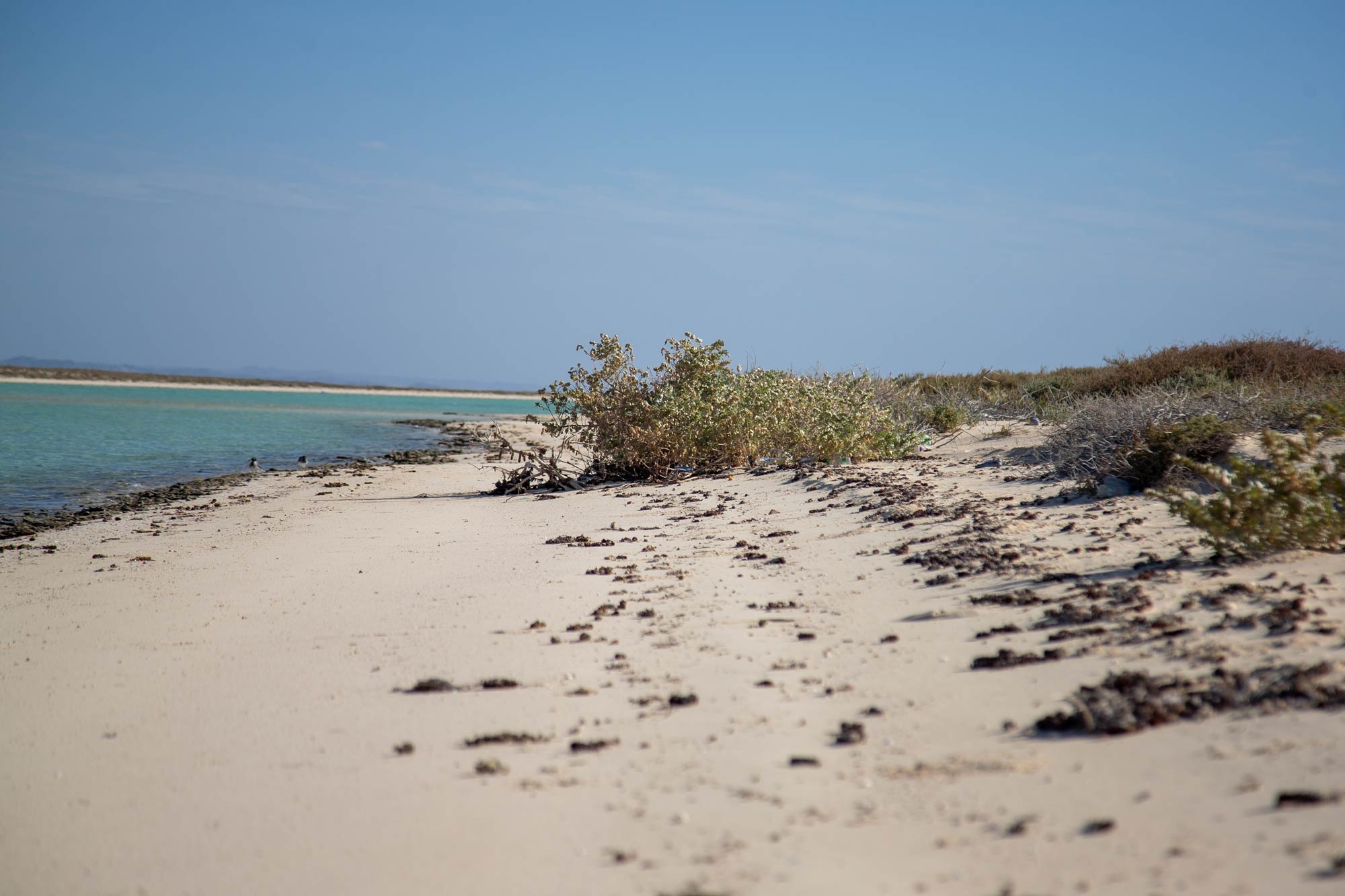
Beaches as tourist attractions in Tabuk Province
The beaches are a tourist attraction factor in Tabuk Province, particularly in Duba Governorate, located 185 km away from Tabuk City. Duba is known for its rich coral reefs and sandy beaches, such as Sajdah Beach, al-Muwailih Beach, Sharma Beach, al-Khuraibah Beach, and Qayal Beach, as well as the southern beaches of the governorate.
Sharma is one of the key centers within Duba Governorate witnessing the implementation of the NEOM project on its shores. This project is in line with the aspirations of Saudi Vision 2030 to transform the Kingdom into a leading global model. The project area is characterized by several key features, including its strategic location, which allows it to serve as a meeting point between Asia, Africa, Europe, and America.
Haql Governorate, located 220 km northwest of Tabuk City on the Gulf of Aqaba, offers views of neighboring countries; Egypt and Jordan. The governorate holds significant tourist importance for swimming and other marine sports, thanks to its coral reefs. Among the most important beaches on the coast of Haql Governorate are al-Qufayf, Haql, Umm Anam, al-Subhan, al-Humidah, al-Wasl, al-Shurayh, al-Sultaniyah, and al-Bakherah beaches.
Ummlujj Governorate boasts unique nature and beaches adorned with palm trees, making it one of the Kingdom's cities suitable for tourism.
Among the beaches in Ummlujj are Duqm, the southern region, al-Shab'an, al-Hurah, and al-Hisi beaches, in addition to the beaches of Jamm al-Thamilah.
Rose cultivation in Tabuk Province
Tabuk Province is known to be one of the major agricultural areas in the Kingdom, with agriculture concentrated specifically in Tabuk City, where 70 percent of the area's cultivated land is found in and around the city. The reason for this is the abundance of water in Tabuk. The province is famous for growing roses that are marketed locally and globally, with roses being exported to certain countries around the world.
Tourism statistics in Tabuk Province
During 2019, Prince Sultan Bin Abdulaziz International Airport in Tabuk experienced high air traffic, as official statistics from the General Authority of Civil Aviation recorded the arrival of 1,786,960 passengers through the airport, with a growth rate of more than 12 percent compared to 2018. Meanwhile, the number of flights reached 16,014, marking an increase of about 11 percent compared to 2018. National and foreign airlines operate regular flights to and from Prince Sultan Bin Abdulaziz International Airport in Tabuk, connecting the airport with direct flights to thirty-six destinations, including twenty domestic ones. This has contributed to the development of the tourism and economic movement in Tabuk Province.
Related quizzes

